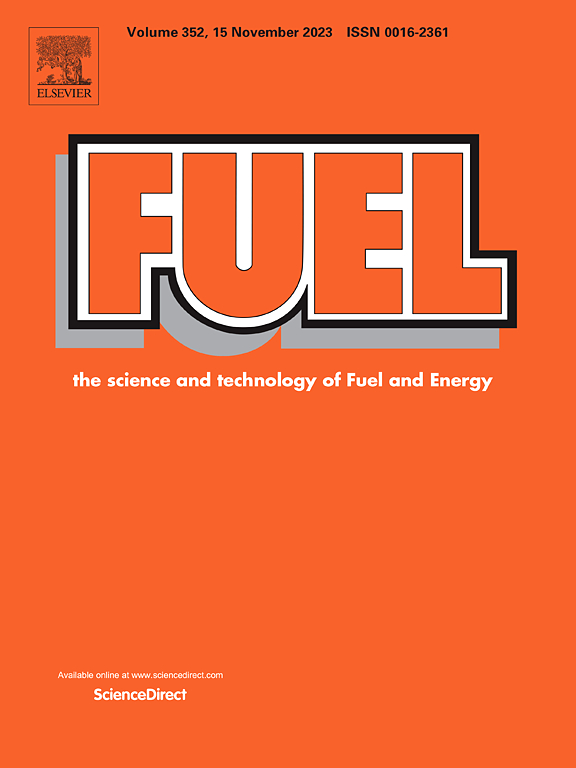Machine learning-driven optimization of pretreatment and enzymatic hydrolysis of sugarcane bagasse: Analytical insights for industrial scale-up
IF 6.7
1区 工程技术
Q2 ENERGY & FUELS
引用次数: 0
Abstract
The conversion of sugarcane bagasse (SCB) into fermentable sugars via pretreatment and enzymatic hydrolysis is a promising pathway for biomass valorization. However, the process’s complexity and variable optimization have limited its efficiency. This study introduces an orthogonal experimental design (OED) combined with machine learning (ML) to optimize NaOH-catalyzed Triton-X 100 pretreatment and enzymatic hydrolysis. The optimal pretreatment conditions identified through rule-based ML modeling (100 g/L solid loading, 45 g/L NaOH, 13.8 pH, 200 mL Triton-X 100, 175 °C, and 45 min) resulted in cellulose and hemicellulose recoveries of 88.5 % and 81.8 %, respectively, and a delignification of 92.3 %. The relative errors from experimental validation were 1.42 %, 0.56 %, and 3.55 % for these metrics, respectively. In the enzymatic hydrolysis (50 g/L substrate loading, 6 FPU/g enzyme loading, and 72 h hydrolysis), glucose and xylose yields reached 84.3 % and 63.3 %, with relative experimental validation errors of 1.11 % and 2.26 %, respectively. Key factors included time (26.2 % contribution to cellulose recovery), temperature (37.5 % to hemicellulose recovery), and solid loading (19.6 % to delignification). Substrate loading contributed 45.7 % to glucose and 37.8 % to xylose yields. This ML-optimized approach is projected to generate an additional US$321.45 million in profits by 2025, increasing to US$494.39 million by 2030, while reducing SCB waste by approximately 45 %. These findings highlight the potential of ML to enhance biomass conversion efficiency and accelerate the industrial adoption of bio-based sugar production systems.

求助全文
约1分钟内获得全文
求助全文
来源期刊

Fuel
工程技术-工程:化工
CiteScore
12.80
自引率
20.30%
发文量
3506
审稿时长
64 days
期刊介绍:
The exploration of energy sources remains a critical matter of study. For the past nine decades, fuel has consistently held the forefront in primary research efforts within the field of energy science. This area of investigation encompasses a wide range of subjects, with a particular emphasis on emerging concerns like environmental factors and pollution.
 求助内容:
求助内容: 应助结果提醒方式:
应助结果提醒方式:


